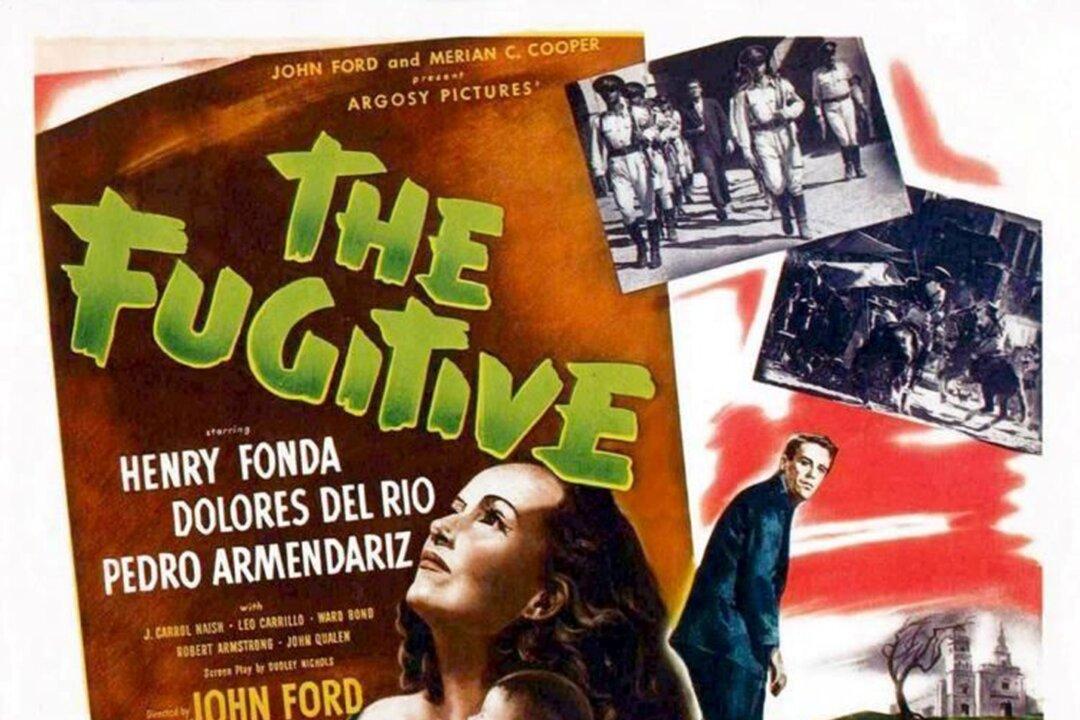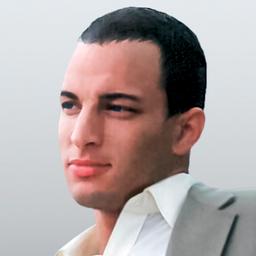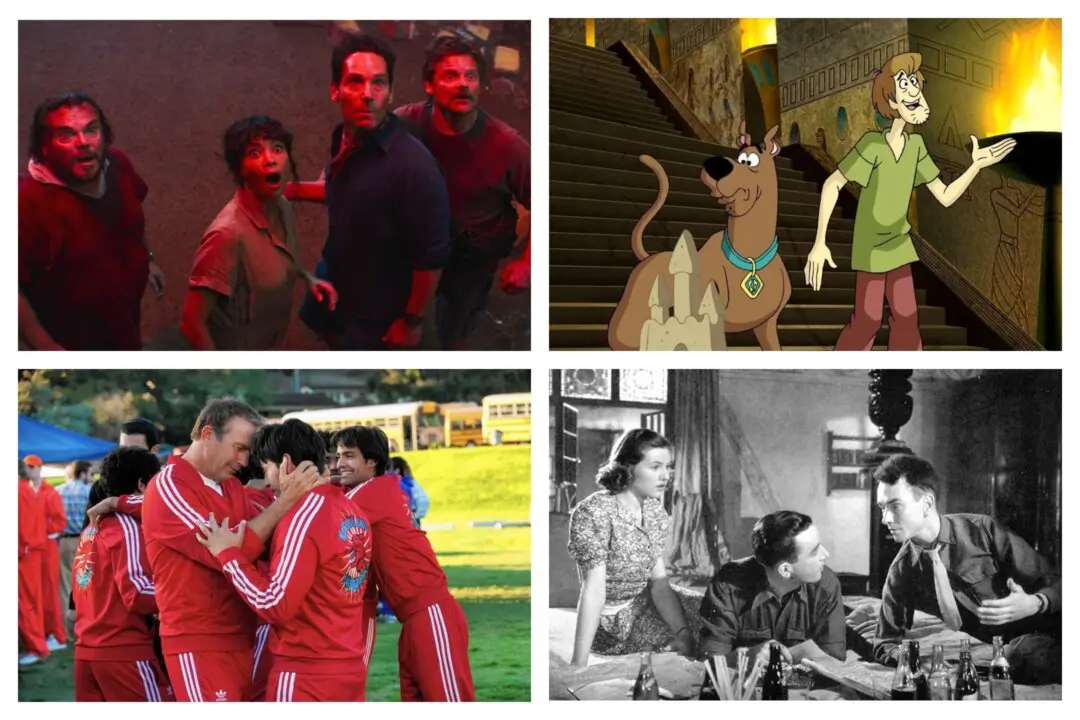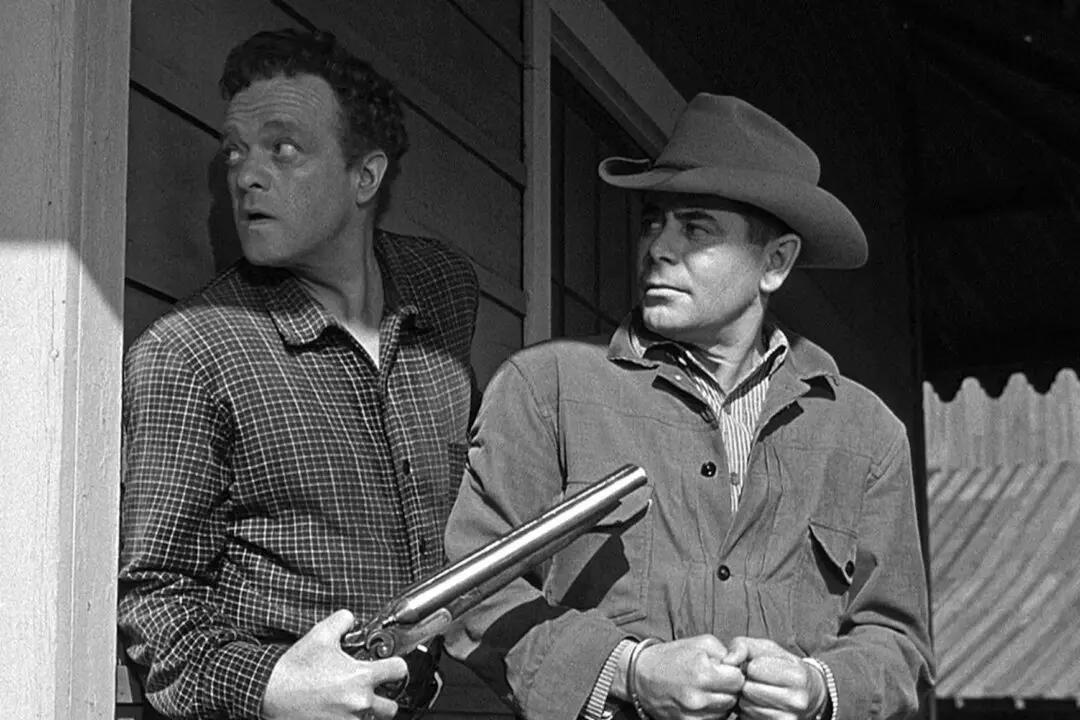Approved | 1h 44min | Drama, History | 1947
In the last few years, I’ve come to appreciate the work of celebrated director John Ford. Although, as a child, I’d watched some of his more famous films, such as 1939’s “Stagecoach” and 1948’s “Fort Apache,” I didn’t really appreciate them at the time. Widely known for his fantastic Westerns, Ford also filmed other subject matter, such as the Civil War in 1959’s “The Horse Soldiers” and his 1945 World War II masterpiece “They Were Expendable.” But being a devout Catholic, he also made a film involving a narrative about a priest—1947’s “The Fugitive.”






